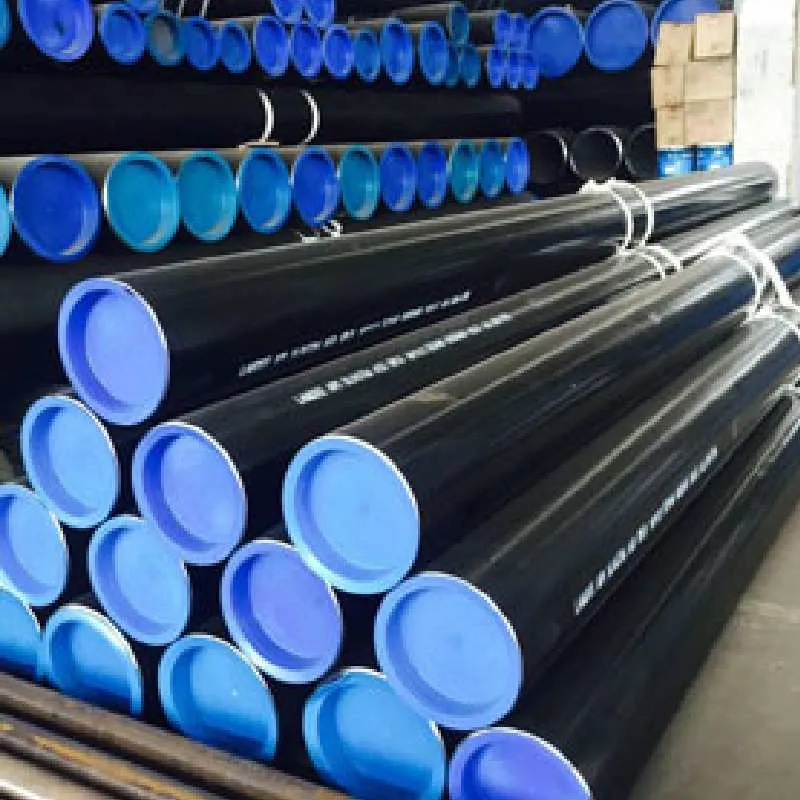-
Cangzhou Yulong Steel Co., Ltd.
-
Phone:
+86 13303177267 -
Email:
admin@ylsteelfittings.com
- English
- Arabic
- Italian
- Spanish
- Portuguese
- German
- kazakh
- Persian
- Greek
- French
- Russian
- Polish
- Thai
- Indonesian
- Vietnamese
- Zulu
- Korean
- Uzbek
- Hindi
- Serbian
- Malay
- Ukrainian
- Gujarati
- Haitian Creole
- hausa
- hawaiian
- Hebrew
- Miao
- Hungarian
- Icelandic
- igbo
- irish
- Japanese
- Javanese
- Kannada
- Khmer
- Rwandese
- Afrikaans
- Albanian
- Amharic
- Armenian
- Azerbaijani
- Basque
- Belarusian
- Bengali
- Bosnian
- Bulgarian
- Catalan
- Cebuano
- China
- China (Taiwan)
- Corsican
- Croatian
- Czech
- Danish
- Esperanto
- Estonian
- Finnish
- Frisian
- Galician
- Georgian
- Kurdish
- Kyrgyz
- Lao
- Latin
- Latvian
- Lithuanian
- Luxembourgish
- Macedonian
- Malgashi
- Malayalam
- Maltese
- Maori
- Marathi
- Mongolian
- Myanmar
- Nepali
- Norwegian
- Norwegian
- Occitan
- Pashto
- Dutch
- Punjabi
- Romanian
- Samoan
- Scottish Gaelic
- Sesotho
- Shona
- Sindhi
- Sinhala
- Slovak
- Slovenian
- Somali
- Sundanese
- Swahili
- Swedish
- Tagalog
- Tajik
- Tamil
- Tatar
- Telugu
- Turkish
- Turkmen
- Urdu
- Uighur
- Welsh
- Bantu
- Yiddish
- Yoruba

Ліст . 19, 2024 10:47 Back to list
DIN Flange Specifications and Dimensions for Industrial Applications and Standards
Understanding DIN Flange Dimensions
Flanges play a crucial role in piping systems, providing a means of connecting pipes, valves, pumps, and other equipment to form a complete system. Among various specifications, the DIN (Deutsches Institut für Normung) standards, particularly regarding flanges, have gained widespread acceptance. Understanding DIN flange dimensions is essential for engineers, designers, and installation professionals to ensure compatibility and safety in various applications.
DIN flanges are standardized in dimensions, shapes, and materials, which aids in the interchangeability and reliability of piping components. The most frequently referenced standards for DIN flanges include DIN 2576, DIN 2631, and DIN 2512, each catering to different pressure ratings and applications. Each standard provides a detailed specification of dimensions, including the outer diameter, inner diameter, thickness, and bolt hole configurations.
Key Dimensions of DIN Flanges
The primary dimensions involved in DIN flanges include
1. Nominal Diameter (DN) This non-dimensional number represents the approximate internal diameter of a pipe or fitting. It helps in classifying the size of the flange. For example, a DN typically corresponds to a pipe size, where DN100 translates roughly to a pipe with a diameter of 100 mm.
2. Outer Diameter (OD) This is the total diameter of the flange. It varies according to the nominal diameter and the pressure class of the flange. For instance, a DN100 flange can have varying OD sizes depending on whether it is used in a PN6, PN10, or PN16 configuration.
din flange dimensions

3. Thickness (t) The thickness of the flange is critical as it determines its strength and ability to withstand pressure. The thickness increases with the flange’s pressure rating.
4. Bolt Holes The size, quantity, and spacing of bolt holes are integral to the flange's design. DIN standards specify the diameter of the bolt holes and the pitch circle diameter (PCD) based on the nominal size and pressure class.
5. Face Type DIN flanges are available with various face types, including flat, raised, and ring-type joints, which affect how the flange will seal when bolted to another flange.
Applications and Importance
DIN flanges are extensively used in industries such as chemical processing, oil and gas, water treatment, and manufacturing. Their standardized dimensions promote ease of assembly, maintenance, and repairs. By ensuring proper fitting and sealing, they prevent leaks, which can lead to costly downtime or dangerous situations.
Additionally, adhering to DIN standards ensures compliance with safety regulations. Understanding and utilizing the correct dimensions of DIN flanges contribute to the efficiency and reliability of a piping system, reinforcing the importance of proper engineering practices.
In conclusion, knowledge of DIN flange dimensions is fundamental in the engineering and construction of pipelines. By understanding the specifications laid out in DIN standards, professionals can ensure the effective and safe operation of various fluid transport systems. Whether it’s selecting the right size for a project or ensuring the compatibility of components, attention to DIN flange dimensions is key to success in any industrial application.
Latest news
-
ANSI 150P SS304 SO FLANGE
NewsFeb.14,2025
-
ASTM A333GR6 STEEL PIPE
NewsJan.20,2025
-
ANSI B16.5 WELDING NECK FLANGE
NewsJan.15,2026
-
ANSI B16.5 SLIP-ON FLANGE
NewsApr.19,2024
-
SABS 1123 FLANGE
NewsJan.15,2025
-
DIN86044 PLATE FLANGE
NewsApr.19,2024
-
DIN2527 BLIND FLANGE
NewsApr.12,2024
-
JIS B2311 Butt-Welding Fittings LR/SR 45°/90° /180°Seamless/Weld
NewsApr.23,2024











